mosaics of teaching, networks of learning:
BAU149 Huai’an Tertiary Education District
Huai’an City, Jiangsu Province, China
Discipline
PlanningTypology
Urban design, urban planning, masterplanCity
Huai’an City, Jiangsu Province, ChinaDate
2002Status
Invited CompetitionClient
Huai’an Jiangsu GovernmentProgram
City and urban design, and concept design for three universities and district centreIn its quest for modernization China has embarked upon a high-speed and mass-scaled program of university building. To achieve near-instant results a simple urban development process and an even simpler planning model have been adopted. Entire districts are zoned pure C6 (education), sparse grids of large roads are built, and massive sites are sold to universities. University directors are charged with having enormous campuses designed, built and operating within exceedingly short time frames, often within twelve months. The results are clean, green, quiet university ghetto-cities: gated universities without any connective tissue to the surrounding district, to one another, or even between departments on the campuses. The opportunity to create university-cities, where the city is infused with the life of the students, and vice-versa, is lost. The opportunity to support the CCP 11th five-year plan agenda of establishing creative culture is overlooked.
This project explores the idea of a Mosaic of Teaching linked by a Network of Learning. Functional zones such as housing, commerce, business and open green space are not spatially separated, but are interwoven into continuous networks. Each of the six large university campuses is a large distinct environment, a mosaic piece, whilst a multitude of small universities form a continuously emerging learning network passing through all parts of the city.
The six large universities connect to the city via green networks and shared facilities placed around the edges of their campuses. A linear plaza and boulevard incorporating public city programs, and public buildings of the universities, focuses a connection between the two. The incorporation of eating and drinking programs in this space brings the students out of their campuses and brings the city into the university district.
- Infrastructure
- Public
- Residential
- Healthcare
- Education
- Culture
- Office
- Retail
- Hotel
- Hospitality
- Mixed Use
- Sports
- Planning
- Urban Design
- Public Landscapes
- Private Landscapes
- Playgrounds
- Structures & Pavillions
- Residential
- Healthcare
- Education
- Culture
- Office
- Retail
- Hotel
- Hospitality
- 2023
- 2021
- 2020
- 2019
- 2018
- 2017
- 2016
- 2015
- 2014
- 2013
- 2012
- 2011
- 2005-2010
- 2000-2005
- 1990-2000








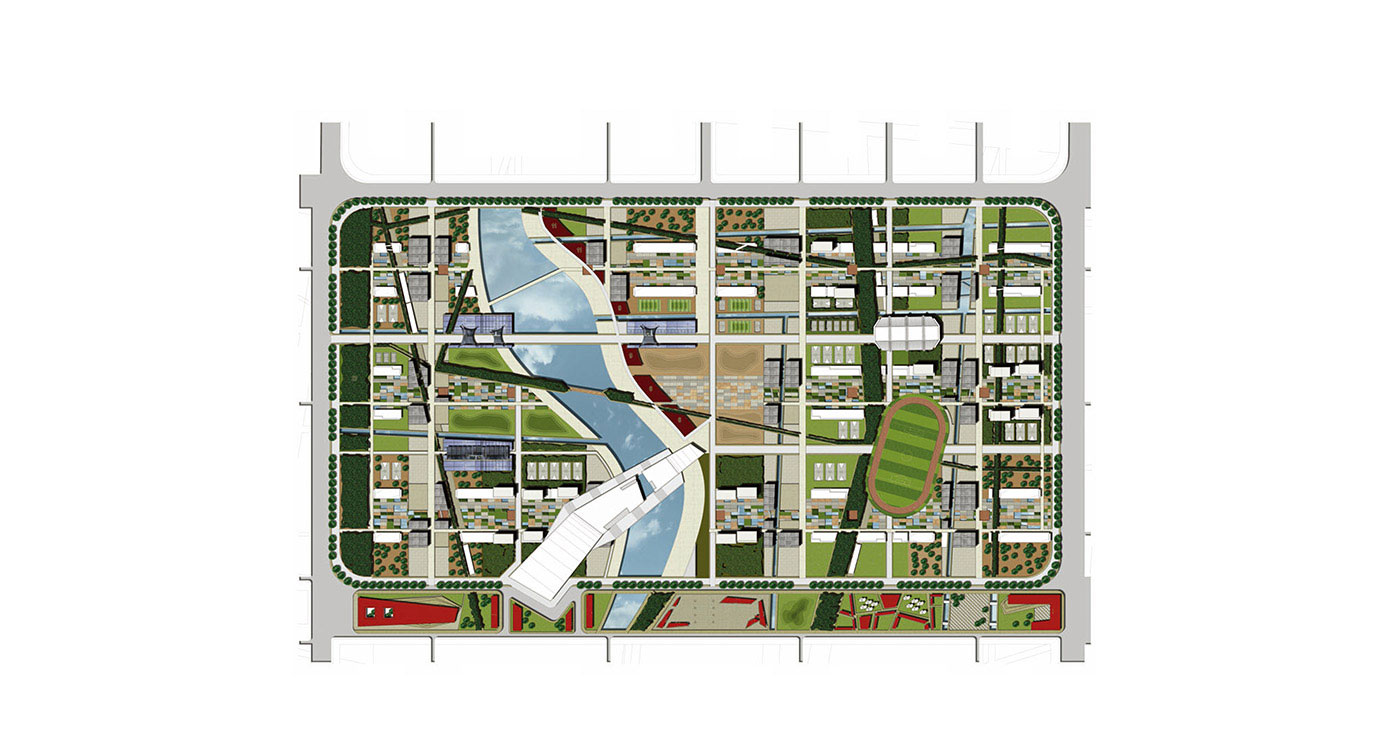







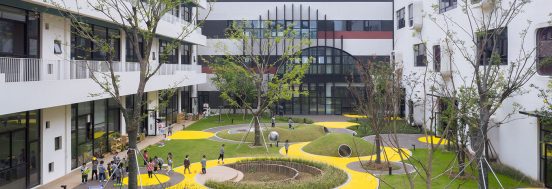











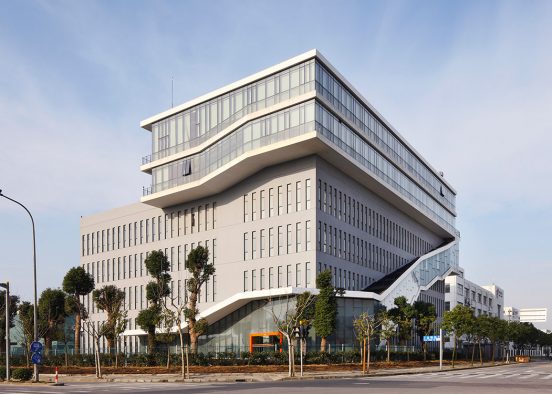


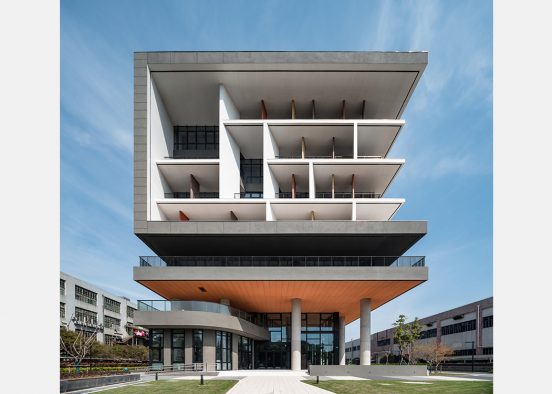


















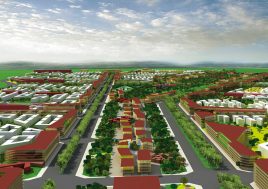





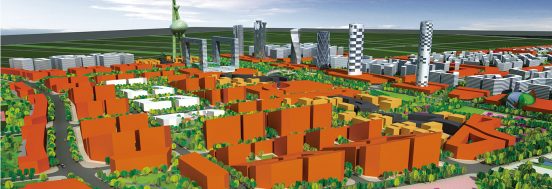







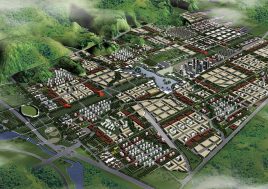










































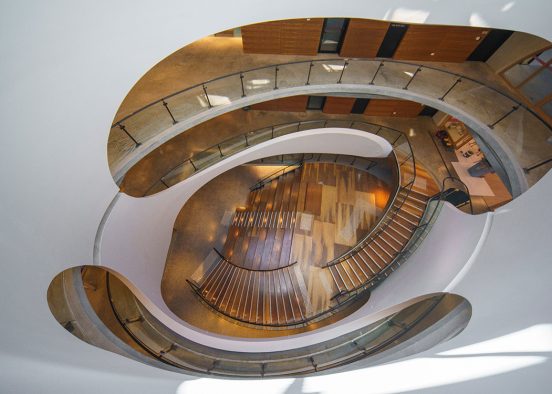










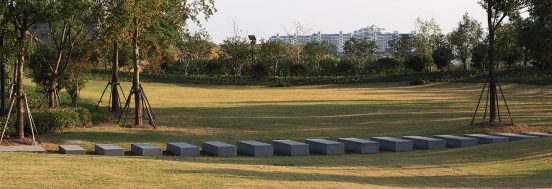
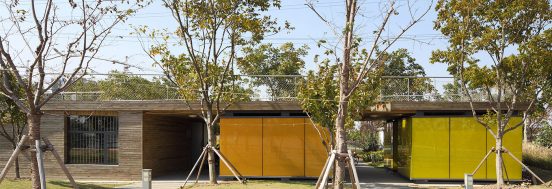


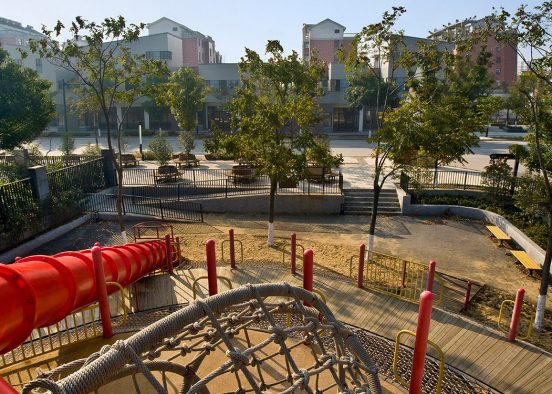













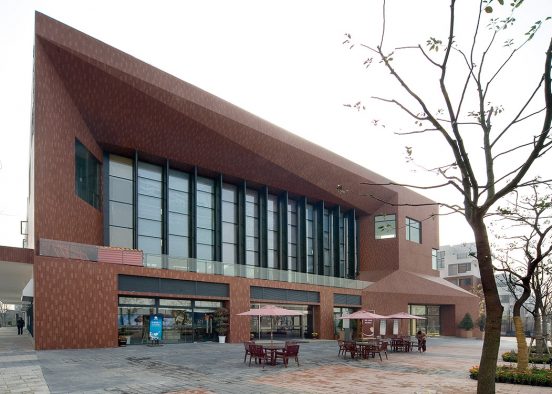
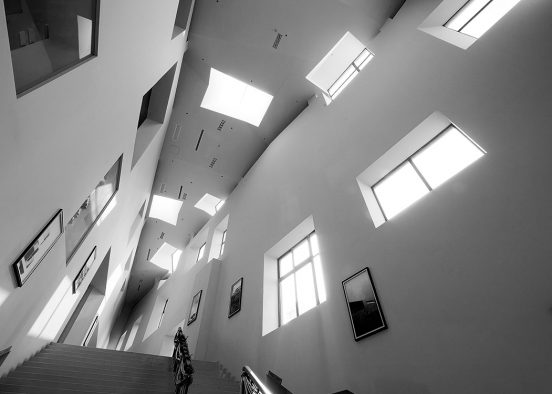
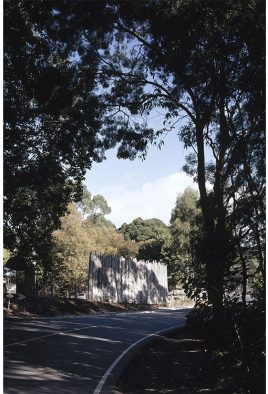
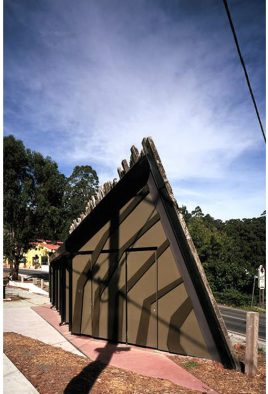













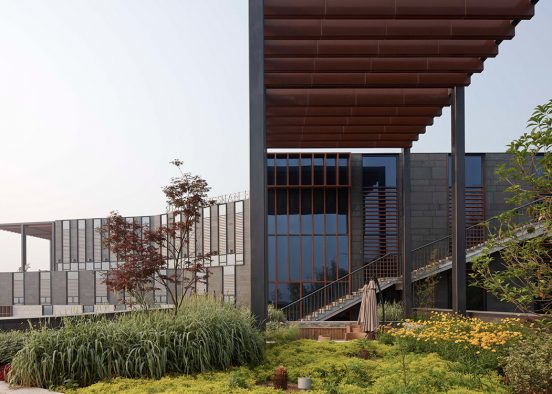








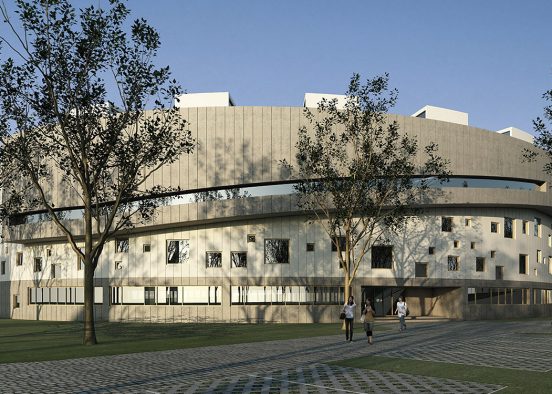







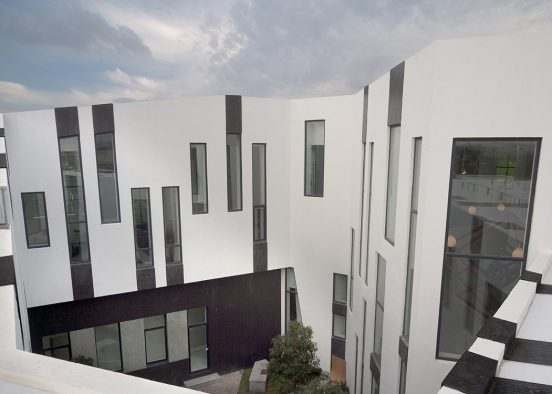








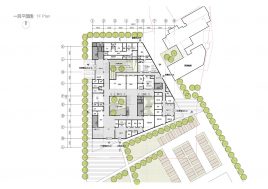


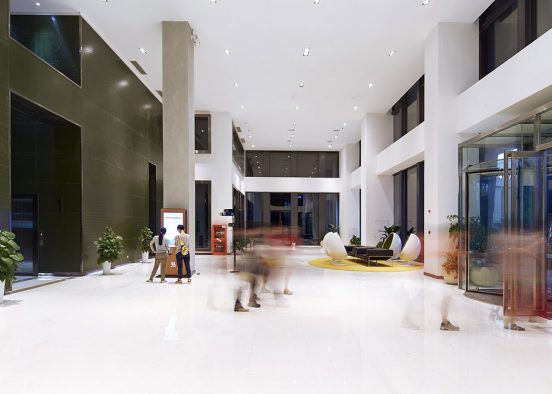

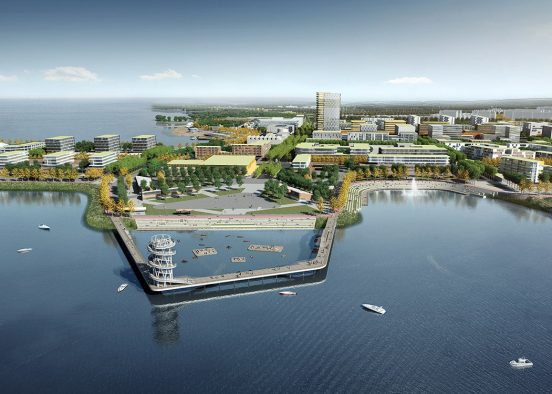





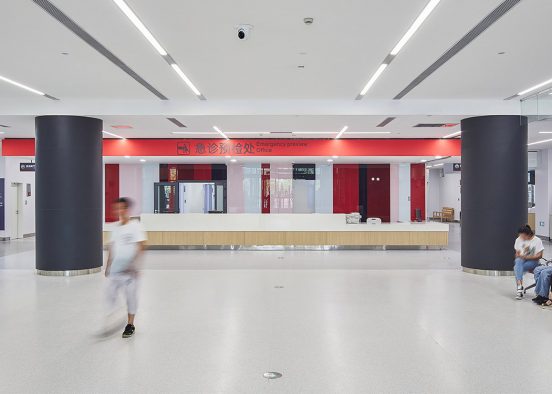




















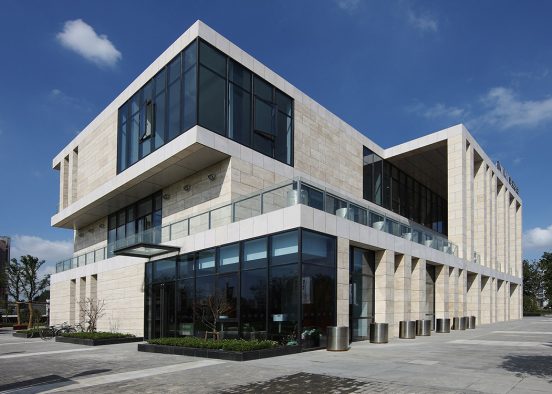










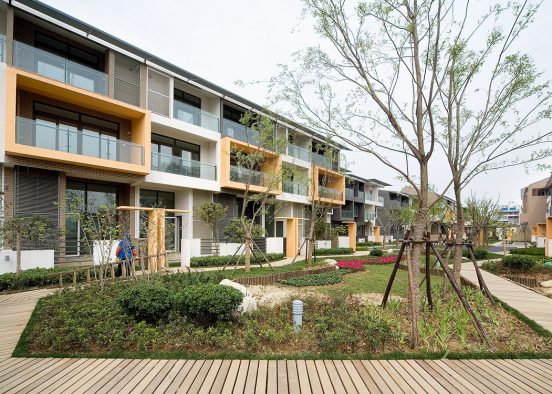
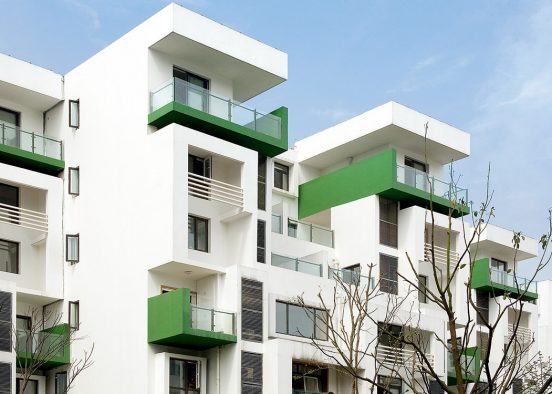









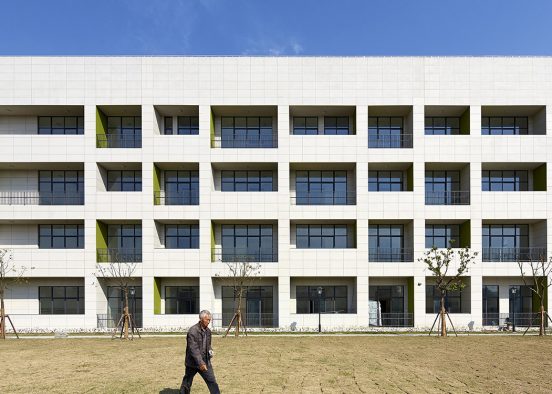
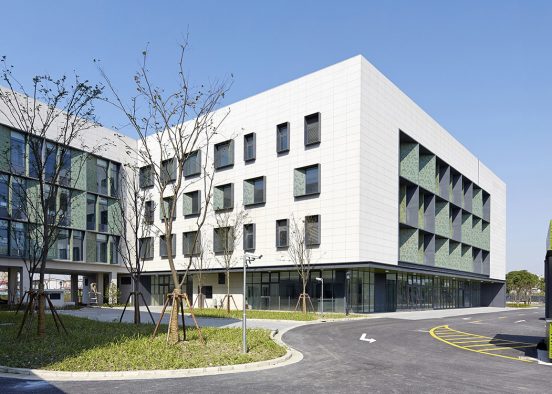


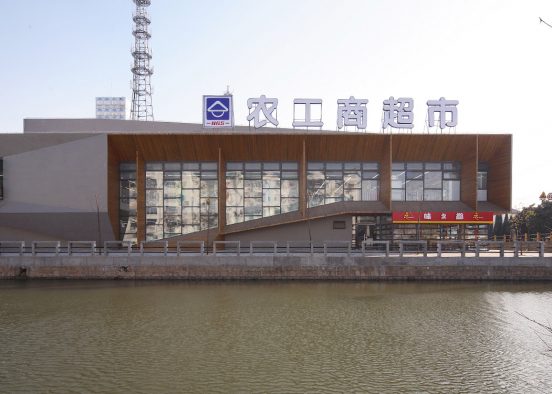
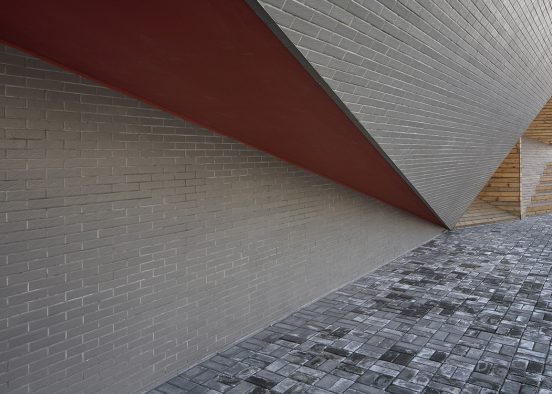





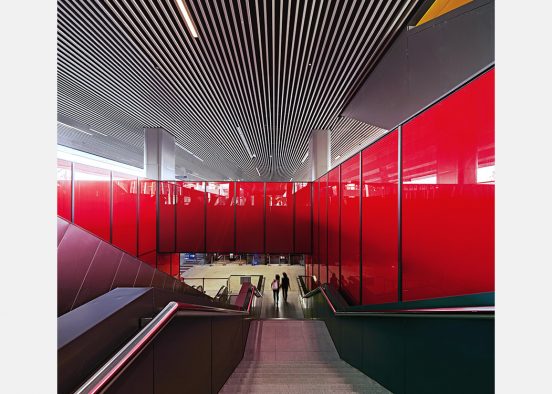


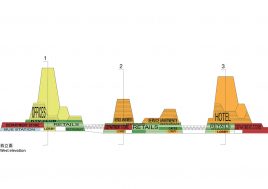







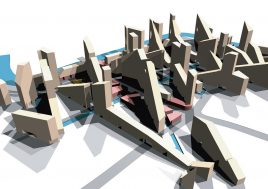



















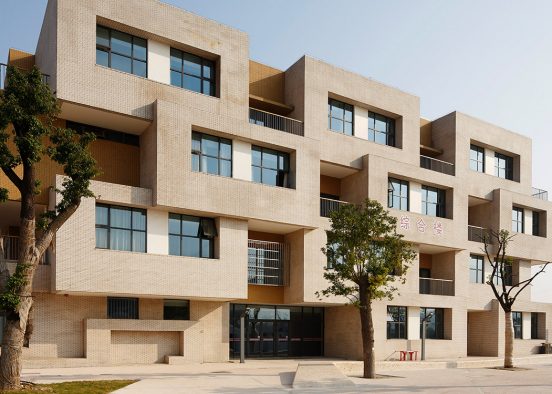



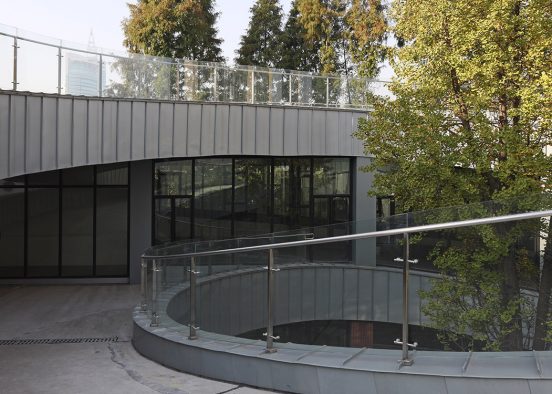
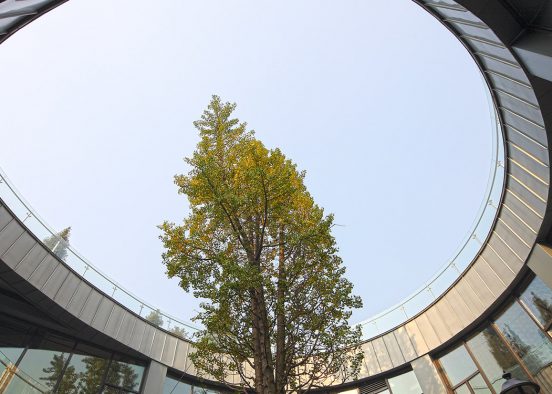



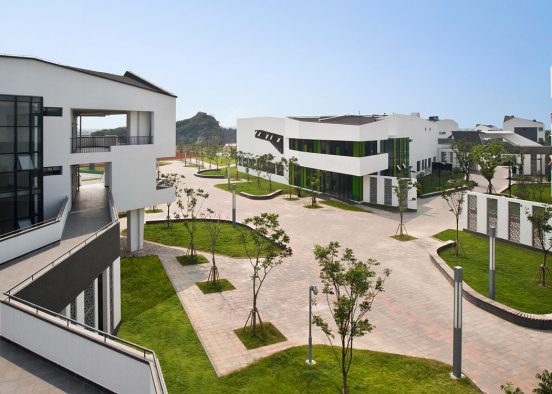




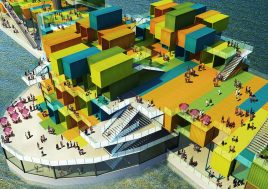












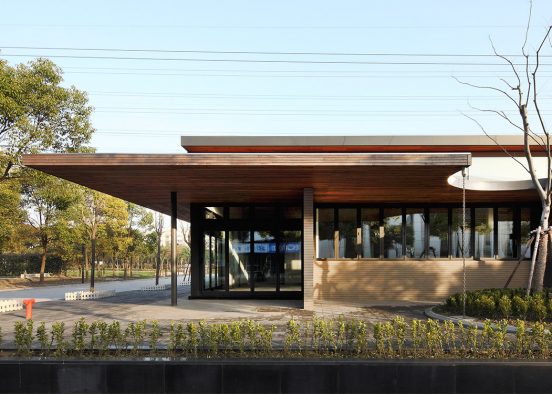








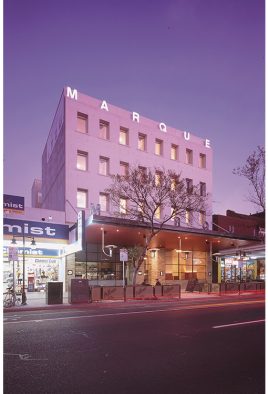














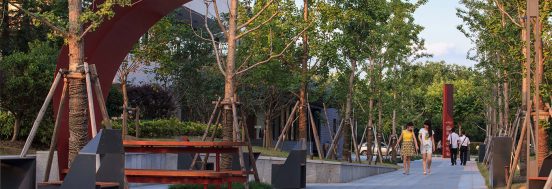

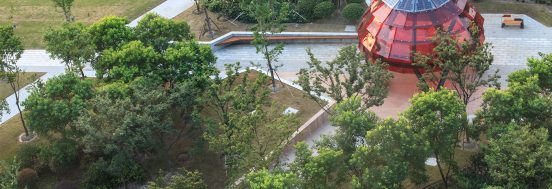

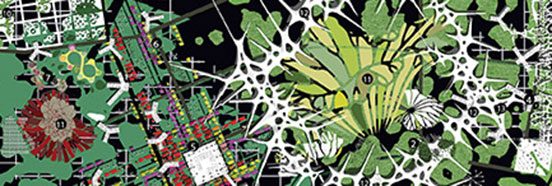













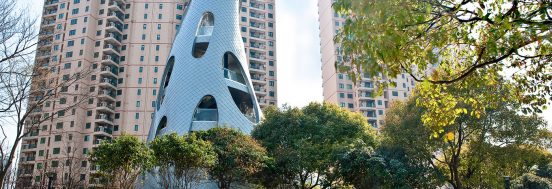
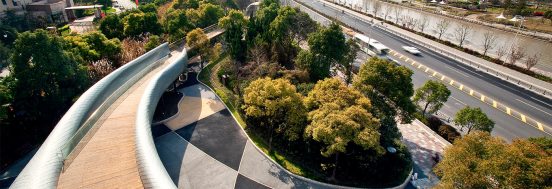




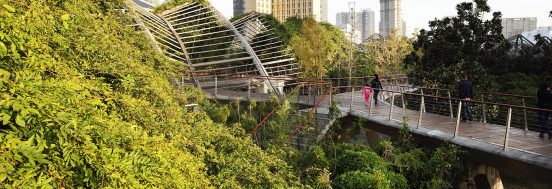
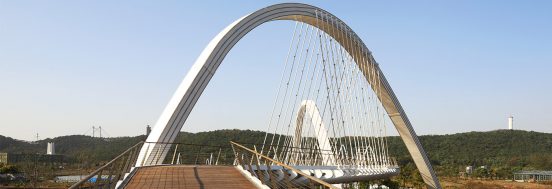
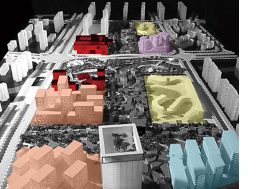

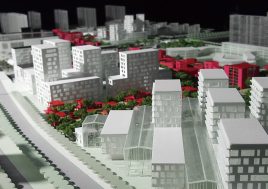






 Back to projects
Back to projects
